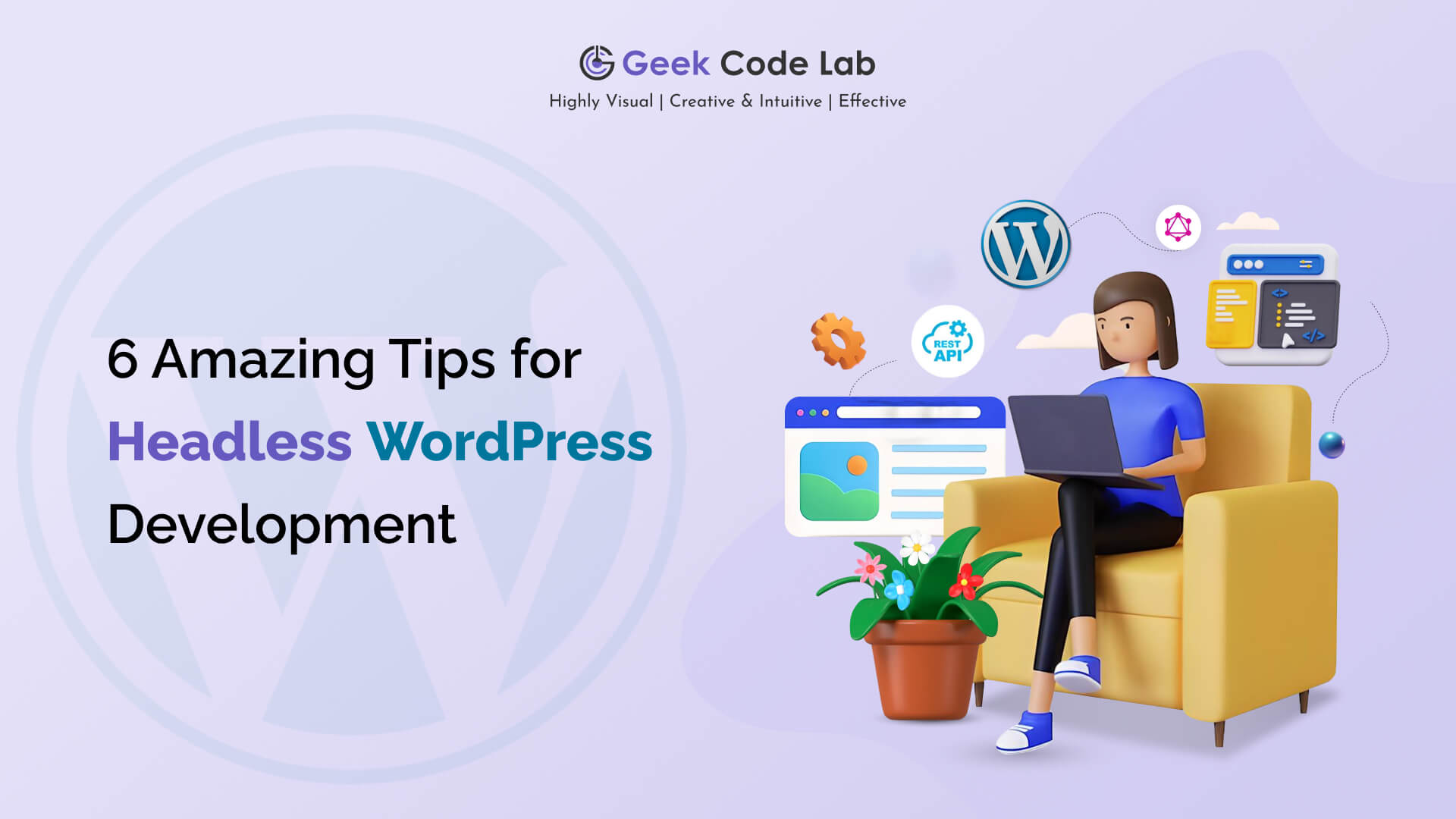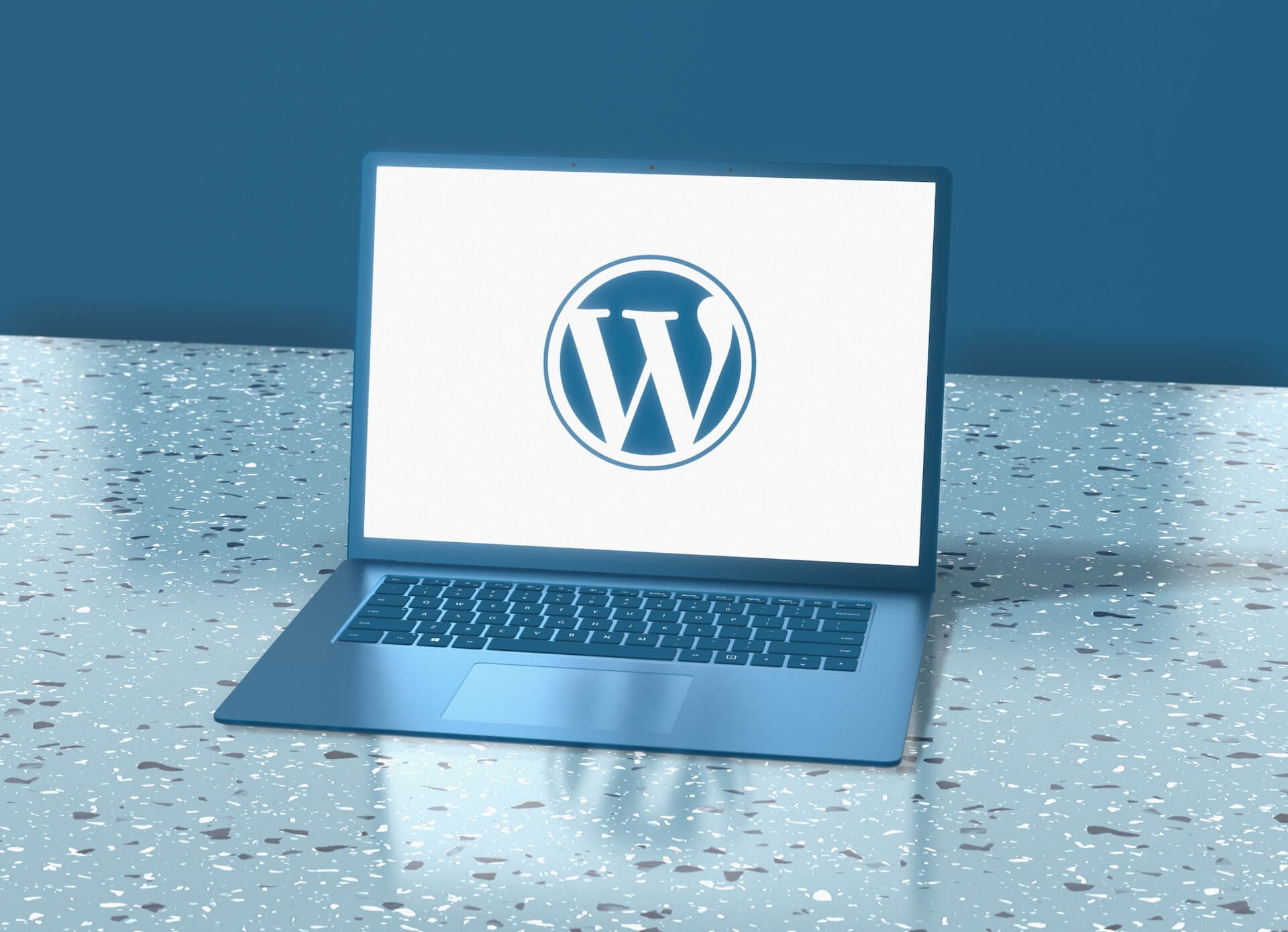Everyone has been hearing a lot about Headless WordPress and the amazing new opportunities it presents for designing innovative websites. If you’ve been here, you know that we’ve already discussed the advantages of headless WordPress development. However, today’s topic of discussion is the finest advice to follow while trying it.
Here’s a quick summary for those who are unfamiliar.
What is Headless WordPress?
Fundamentally, Headless WordPress breaks the conventional link that typical WordPress websites rely on between display and content. WordPress development works exclusively as a content management system (CMS) on the backend, as opposed to directly producing pages and content using WordPress plugins and templates.
Via an API, users can access all of the content that WordPress stores, including pages, posts, custom fields, media files, and more. Because of this, developers may manage material independently of how it appears on the front end. React, Vue, or Angular are some examples of alternative frameworks or technologies that handle HTML, CSS, and JavaScript independently.
Also check – how to Add FAQ Schema in WordPress?
What’s the Process of Headless WordPress Development?
Headless WordPress uses its internal REST API (Application Programming Interface) to do most of its work. Through a set of standardized endpoints, this API makes functionality and content accessible.
These endpoints can receive requests from other applications to retrieve, update, or remove data as needed. This could entail retrieving pages, posts, or custom fields in JSON format for the front end. Tokens, user credentials, or API keys are used for authentication.
In actuality, this means that the WordPress installation serves as the CMS backend alone. No PHP is launched when a user visits the front end of the website; instead, background API queries are made to retrieve the necessary data and load the user interface.
This separates the appearance of content from its delivery. This gives your headless WordPress development services experts complete control over front-end functionality that isn’t dependent on WordPress plugins and theme files. The outcome is a fast, lightweight website that maintains WordPress’ internal content control.
Also read – WordPress vs. Other CMS Platforms
Why Headless WordPress Development Is Beneficial for Business?
Using Headless WordPress has numerous advantages over ready-made or even custom themes.
1. Enhanced Speed and Performance
A standalone software handles frontend rendering for Headless WordPress sites, greatly increasing their speed. API requests do not retrieve all of the page markup; only the data that is required is retrieved. Prebuilds and caching help to further improve load times.
2. Enhanced Safety
Just making the API public removes a lot of front-end vulnerabilities. Updates can be distributed smoothly without relying on a single source. Also, the load is dispersed throughout a network as opposed to concentrated at a single source.
3. Increased Customization and Flexibility
When the display is kept apart from content storage, creative freedom increases. The best framework is selected by developers for each project. Using the same fundamental data, customized experiences may be created for any platform or device.
4. Simple Distribution and Management of Content
Because all material is stored in a single, central WordPress database, updating or publishing content is simple for the administrator. Additionally, using the API, the CMS serves as a single source of truth for content that can be syndicated anywhere.
5. Improved Scalability
When more traffic or new features are added, the WordPress instance stays lightweight since processing is delegated to a flexible front-end framework. Static hosting, CDNs, and advanced caching all increase resilience.
6. Greater Variety i n Technical Proficiencies
Headless WordPress promotes growth as knowledge of other languages and tools expands one’s skill set. Both developers of JavaScript and those proficient in HTML/CSS workflow outside of PHP feel right at home.
Also read – optimize your WordPress landing page for more organic traffic
Plugins for Headless Operation in WordPress
It takes plugins to go headless. There are two well-liked solutions for that.
1. WPGraphQL
A popular plugin called WP GraphQL exposes WordPress content over a Graph QL API. It is possible to fetch particular content bits in a single request instead of making many REST requests by implementing the GraphQL query language. Performance is accelerated as a result. Integrated GraphiQL IDE for query testing, permission management, debug logging, and the capacity to add new post types to the schema are a few important features.
2. Headless Mode
Your WordPress dashboard will become a headless content management system (CMS) by using the Headless Mode plugin. It removes extraneous frontend elements, such as the admin bar and comments, when it is on. By doing this, WordPress installation is made lighter for the best API performance.
In addition, it creates a JSON API for media and content instead of using the built-in REST API. Developers can then design any frontend using the decoupled data using this API. The plugin creators offer guidance and assistance to ensure a smooth integration of Headless Mode into projects.
Headless Mode and WP GraphQL both manage standard headless capabilities out of the box. WPGraphQL is especially concerned with the GraphQL protocol. Headless Mode, on the other hand, adopts a more thorough strategy by completely redesigning WordPress from the ground up.
Choosing Between the Traditional and Headless WordPress
Selecting the best strategy relies on the requirements of each project:
- Headless is ideal for intricate single-page applications, native apps, or websites that need unique layouts for each platform or device.
- Conventional WordPress works well for simpler websites with closely aligned content and presentation.
- Although headless gives more flexibility and optimization potential, it does require more technical expertise.
- Large performance-focused content websites most likely gain from Headless’ scalability.
- The simplicity of standard WordPress may be preferable to Headless complexity for smaller blogs and websites.
- The ideal WordPress path will be determined by weighing considerations, including user experience objectives, technological capabilities, scalability requirements, and money. Both are viable if properly used within the project’s parameters.
Conclusion
Based on our expertise, we looked at several effective strategies for addressing Headless WordPress development. Compared to regular WordPress, the decoupled design provides developers with more flexibility and performance benefits.
Important factors that are emphasized include:
- Proper setup.
- Choosing a frontend framework.
- Using REST API plugins.
- Search engine optimization.
Although headless requires more advanced technological knowledge, many contemporary websites and applications might benefit from it due to its scalability, customization, and security features.
Hire professional headless WordPress development services experts to help you with whatever it is most convenient for you. Enabling fruitful relationships is our objective, regardless of whether you would like to hire skilled developers.

